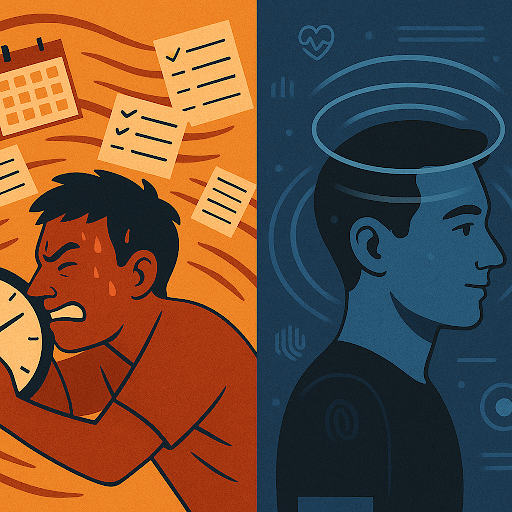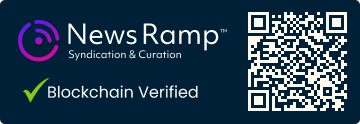Cognitive Alignment Emerges as New Productivity Paradigm, Challenging Traditional Time Management Approaches

Summary
Full Article
Traditional productivity systems emphasizing time management and discipline are facing significant challenges from a new approach focused on cognitive alignment, which matches mental states with task demands to optimize performance. For decades, productivity has been treated as a linear function of time management and task execution, with tools like calendars and project trackers rewarding discipline and providing structure for complex work. However, this model fails to account for cognitive readiness, the unmeasured variable that often shapes output quality more than any to-do list.
The primary limitation of conventional productivity systems is their assumption that the mind is ready when the calendar indicates it's time to work. These systems optimize for time and process but overlook cognitive state, which determines whether individuals can clearly express ideas, reason through ambiguity, or enter flow states. Cognitive performance fluctuates based on sleep, nutrition, stress, distraction, and emotional load, yet most people plan tasks as if the brain will comply automatically on command.
The consequences of this mismatch are widespread, leading individuals to blame themselves for underperformance while teams create rigid systems that impose uniform expectations across heterogeneous brains. The concept of Cognitive Alignment addresses this gap by focusing on the real-time match between mental readiness and work demands. A person trying to brainstorm while anxious may struggle with divergent thinking, while detail-heavy tasks attempted during cognitive fatigue often introduce errors.
Recent advances in machine learning, computer vision, and behavioral science are making real-time cognitive state tracking possible through everyday devices. These technologies can detect facial blood flow, heart rate variability, and microexpressions that correlate with cognitive load, stress, and engagement. The operational layer provided by companies like Augment Me makes Cognitive Alignment actionable at scale, moving beyond brute force productivity attempts to a human-centric model.
The structural framework supporting this approach is State-to-Task Matching, which involves identifying the mental state required for specific tasks, assessing current cognitive alignment, and determining appropriate next steps. Different tasks demand varying cognitive configurations—some require verbal clarity, while others need working memory, emotional regulation, or pattern recognition. Proper mapping allows intentional decisions about whether to shift tasks, adjust states, or allocate mental energy strategically.
This refinement doesn't eliminate the need for discipline but strengthens existing systems by adding cognitive fit to the equation. AI systems capable of real-time video inference can now detect cognitive drift and respond without being intrusive, acting as perceptual layers that track brain readiness. The implications extend beyond productivity to reduced burnout risk, improved decision quality, and more manageable context switching. As work becomes aligned with mental state, mental energy is applied where it's most needed, creating benefits across professional and personal domains.

This story is based on an article that was registered on the blockchain. The original source content used for this article is located at citybiz
Article Control ID: 223941